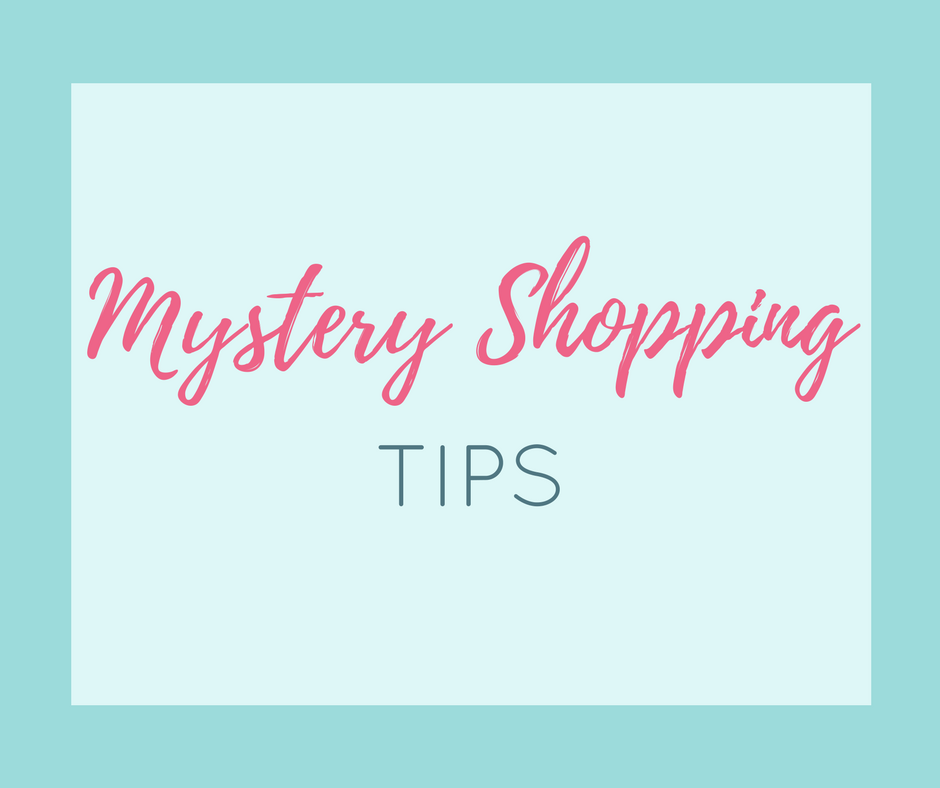3 Reasons To Use A Professional Mystery Shopping Provider
When properly executed, mystery shopping programs enable businesses to objectively measure the execution of their brand promises and customer...

When someone starts a sentence with “If money was no object,” you know what follows will be a grandiose and idealistic proposition. But the cost associated with new endeavours will always be a factor.
At Intouch Insight, we believe in a white glove approach to our software and services – working closely with our partners to ensure the best return on investment from every project. So when we’re scoping out a new mystery shopping program, there are some key things we need to know to help tailor it to the client’s needs and budget.
So, without further ado, here are the top three questions we ask our partners to help them make the most out of their mystery shopping budget:
This is the number one question we ask when developing a mystery shopping program as it defines the scope of the project and is a key factor when determining the budget. In order to help narrow down the answer, it's helpful to categorize your program according to four types.
Type 1: Location Data
The focus of a type 1 program is on helping location managers improve their individual store’s performance. These programs focus on data such as was the shopper greeted when they entered the store? Was their order accurate? Were they thanked for their purchase?
These programs are ideal for understanding whether standard operating procedures are being followed at the individual level, in order to identify gaps in execution at that particular location.
Type 2: Impact Assessment
At this level the focus is less on individual locations’ performance and more on understanding the effect of your initiatives in various regions to understand what will have the greatest impact from your efforts. Whereas type 1 programs are concerned with data on a local and individual store level, type 2 programs are concerned with patterns across a group of stores such as districts, regions, or designated marketing areas.
These patterns allow a brand a critical look at the impact of specific initiatives to determine if they’re worth replicating across others.
Type 3: Data Correlation
These types of program are intended to identify correlations between different metrics collected. For example, is the cleanliness of a dining area connected to the speed with which the food is delivered? Or, does the customer not being greeted often result in the limited time offer not being promoted by staff?
Understanding the correlations between key operational elements allows you to adjust your standard operating procedures to best improve your locations’ efficiency and customer’s experience.
Type 4: Predictive Analysis
The focus of a type 4 program is to look at long-term trends to inform proactive action. For example, identify which locations consistently sell out of limited time offers too early so you can supply more stock to those locations before your next promotion.
These programs are all about long term trends and are ideal for keeping businesses ahead of the curve.
Your business and customers are unique - and your mystery shopping program needs to reflect that. Here is where we dig into the logistics of completing each visit as they will also dictate project budget.
For example, the requirements for a mystery shopper visiting a car dealership and evaluating the on-site sales staff is significantly different from a mystery shopper purchasing a meal through a drive-thru window.
How long will it take for the mystery shopper to conduct each visit?
Each visit should reflect a typical experience for one of your regular customers. In the previous example of a car dealership, this would likely mean looking at a few different models, possibly going for a test drive, discussing financing options etc. Again, significantly different from the time at a QSR drive-thru window.
How complicated is the mystery shopper questionnaire?
Developing the tailored questionnaire which mystery shoppers fill out after each visit is a balance between collecting the necessary data and remaining targeted enough to ensure the quality of the data.
For example, objective questions such as “were you greeted when you entered the store?” are quick to answer and easy to remember. Alternatively, open ended questions such as “what was the state of the bathroom?” require more time to fill out, rely more on subjective perception, and require an additional level of review when the data is being reviewed for quality assurance purposes.
What are the demographic requirements for mystery shoppers?
The same way mystery shopping programs should reflect your unique business, the mystery shoppers entering your locations should be representative of your regular clientele.
The data being collected can also impact the requirements for matching mystery shoppers to your program. For example, mystery shoppers closer to the legal age required to purchase controlled substances are best suited for a program assessing whether proper age verification procedures are followed.
Project timeline is another major factor when it comes to budget. How many locations need to be visited? How frequently will they be visited per month or per quarter?
It’s important to map out your project timeline based on the size of your business and your project goals. These will help you strike a balance between ensuring you’re collecting the data needed to drive your analysis while not investing budget in superfluous visits.
Developing mystery shopping programs is as much an art as it is a science. Amalgamating the answers to the above questions and understanding where every dollar is best spent is what our experts do.
Wherever you’re at in your project, be it initial exploration or revising an existing program to drive a greater return on your investment, we’d like to speak to you! Simply fill out the form here or email letschat@intouchinsight.com and we’ll put you in touch with one of our experts for a quick chat to discuss what we could achieve together.

When properly executed, mystery shopping programs enable businesses to objectively measure the execution of their brand promises and customer...

Mystery shopping is a great way to measure your customer experience and learn how well your locations are following brand standards. A lot of thought...

When managing a multi-location business, it’s important that employees at every touchpoint understand the laws and regulations that apply to their...